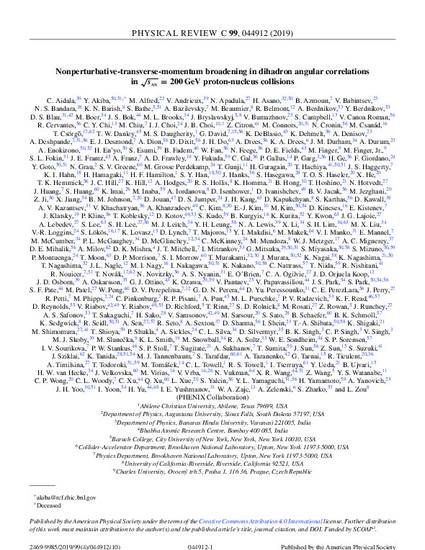
The PHENIX collaboration has measured high-pT dihadron correlations in p+p, p+Al, and p+Au collisions at √sNN=200 GeV. The correlations arise from inter- and intrajet correlations and thus have sensitivity to nonperturbative effects in both the initial and final states. The distributions of pout, the transverse-momentum component of the associated hadron perpendicular to the trigger hadron, are sensitive to initial- and final-state transverse momenta. These distributions are measured multidifferentially as a function of xE, the longitudinal momentum fraction of the associated hadron with respect to the trigger hadron. The near-side pout widths, sensitive to fragmentation transverse momentum, show no significant broadening between p+Au, p+Al, and p+p. The away-side nonperturbative pout widths are found to be broadened in p+Au when compared to p+p; however, there is no significant broadening in p+Al compared to p+p collisions. The data also suggest that the away-side pout broadening is a function of Ncoll, the number of binary nucleon-nucleon collisions, in the interaction. The potential implications of these results with regard to initial- and final-state transverse-momentum broadening and energy loss of partons in a nucleus, among other nuclear effects, are discussed.
Available at: http://works.bepress.com/craig-ogilvie/300/

This article is published as Aidala, C., Y. Akiba, M. Alfred, V. Andrieux, N. Apadula, H. Asano, B. Azmoun et al. "Nonperturbative-transverse-momentum broadening in dihadron angular correlations in s N N= 200 GeV proton-nucleus collisions." Physical Review C 99, no. 4 (2019): 044912. DOI: 10.1103/PhysRevC.99.044912. Posted with permission.